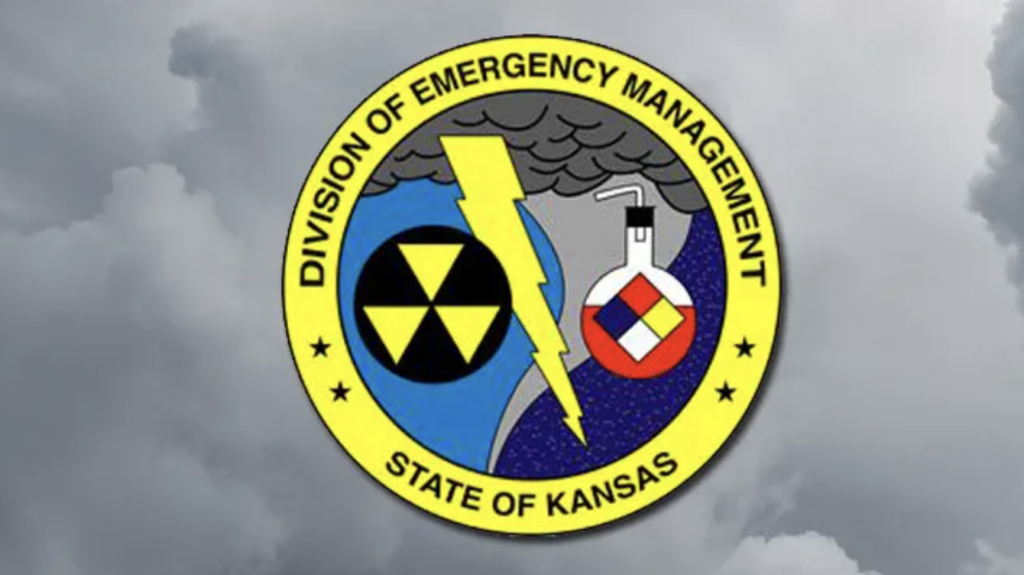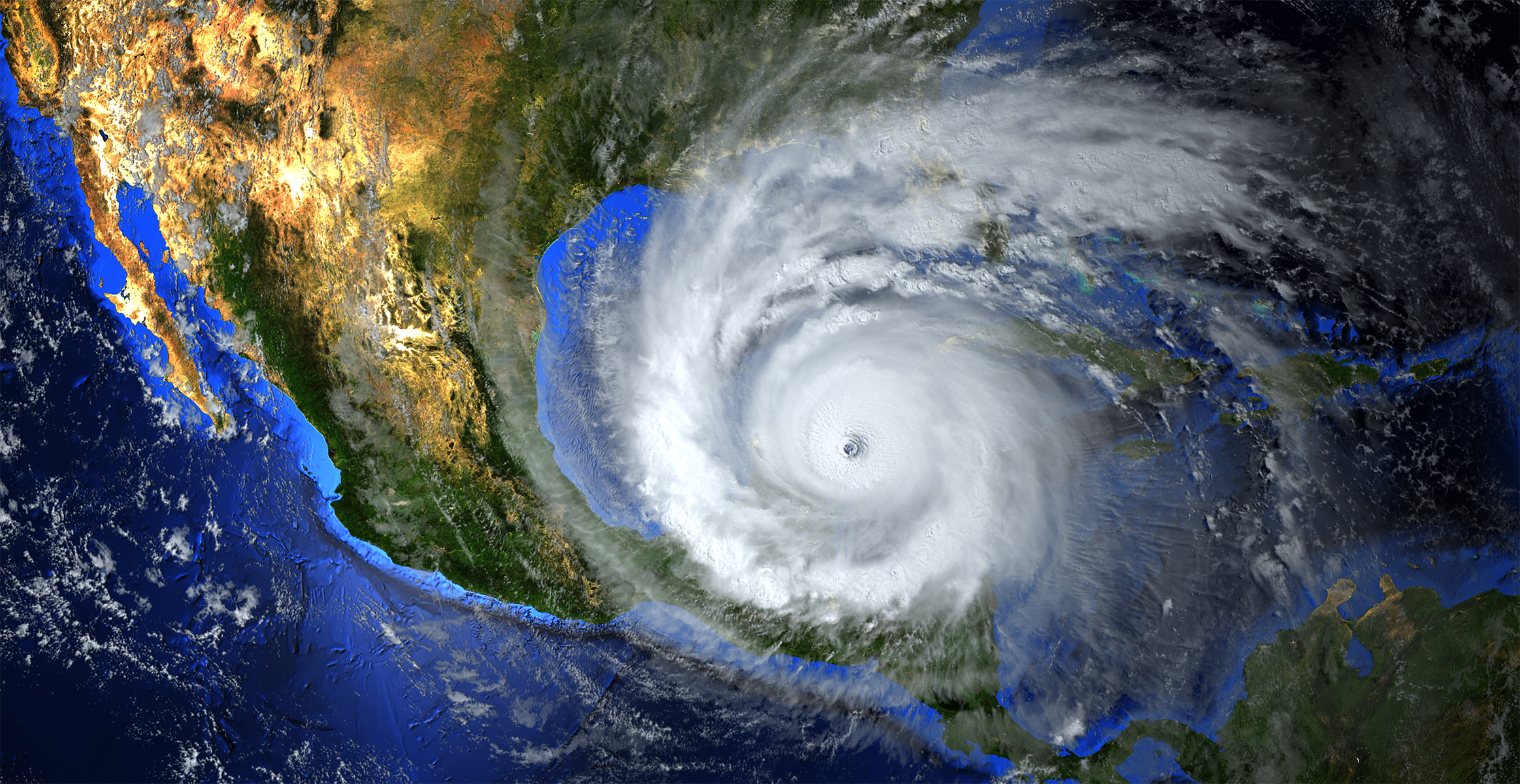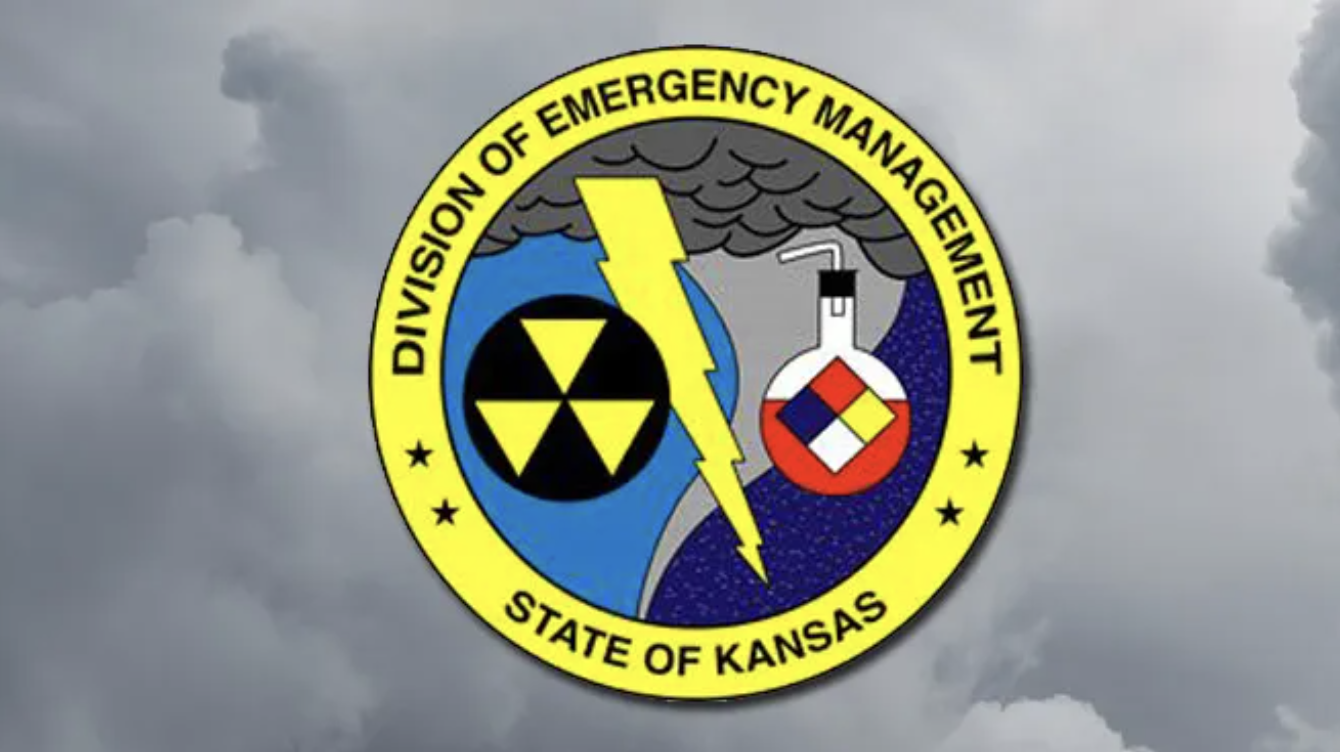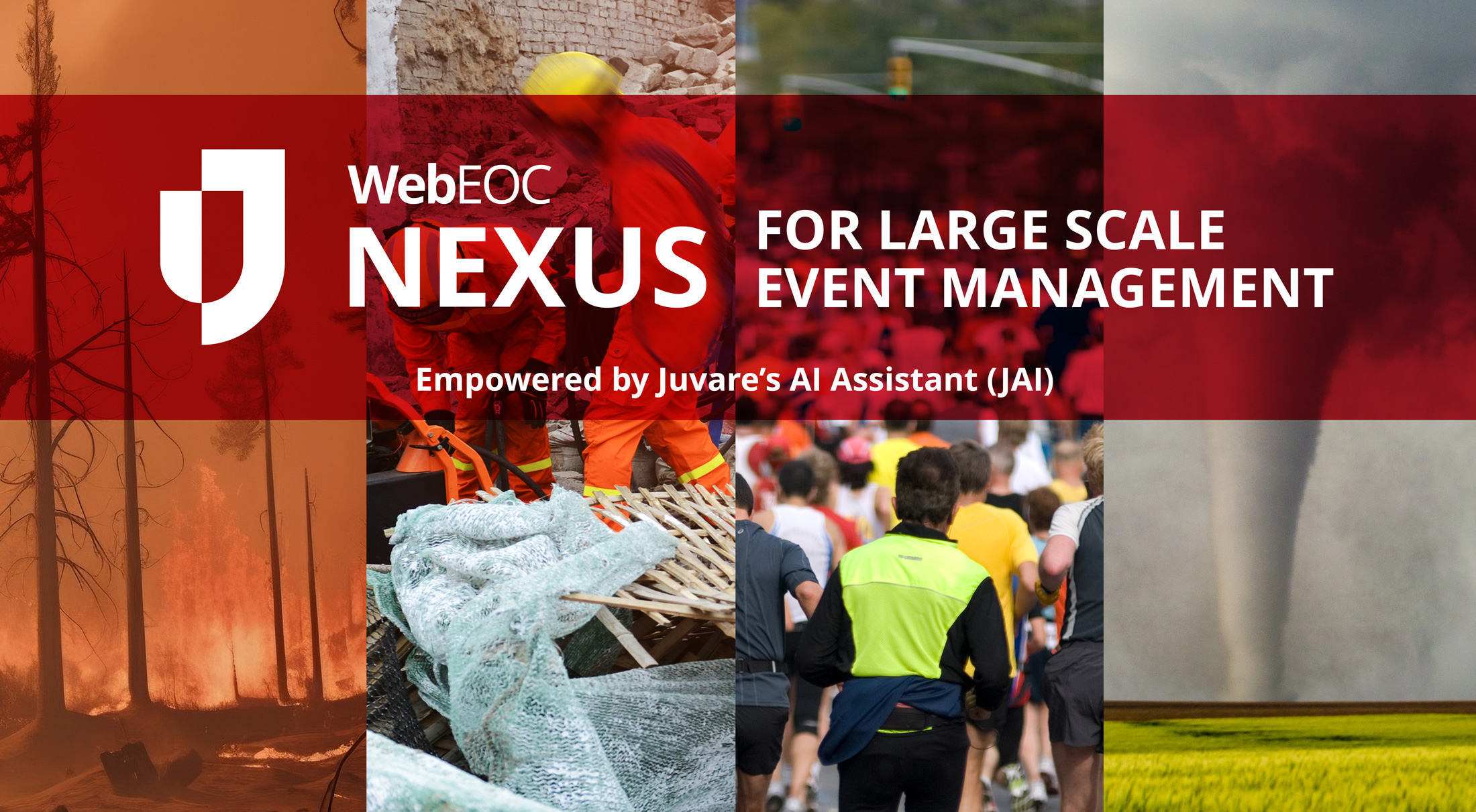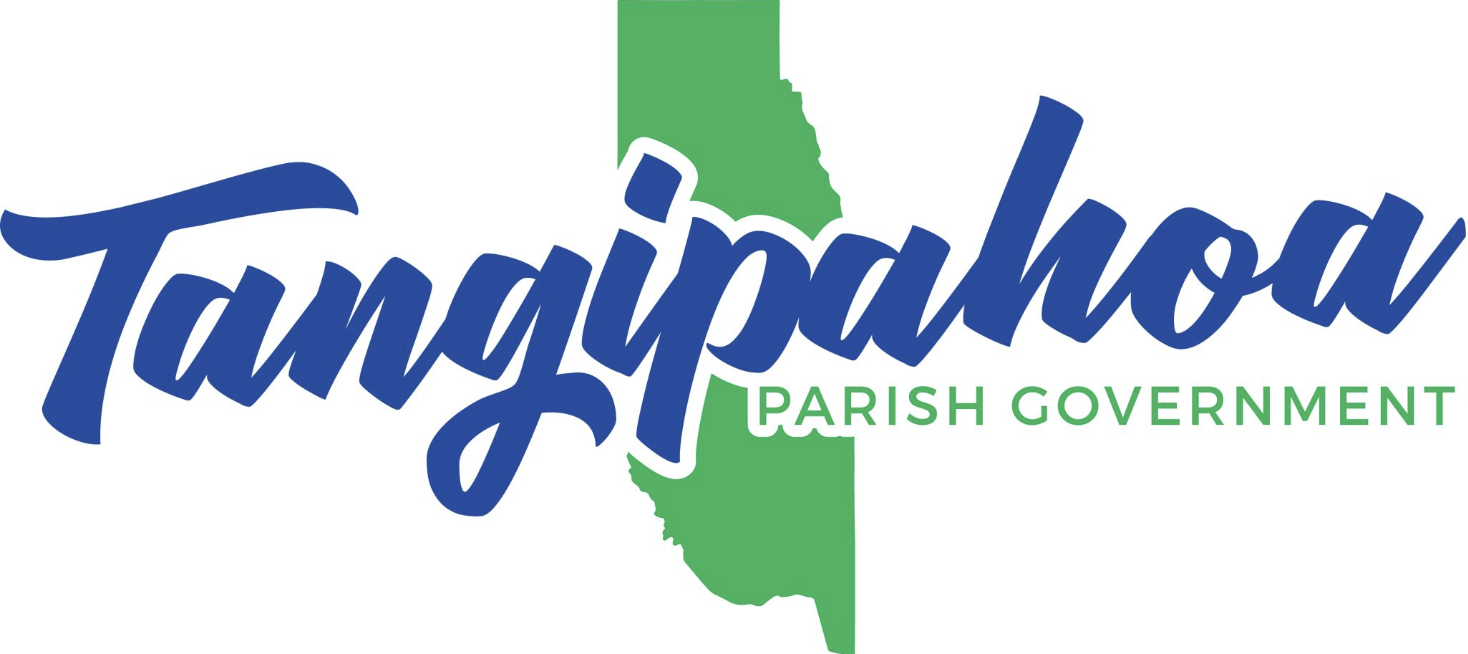The Kansas Division of Emergency Management (KDEM) is responsible for coordinating disaster response and preparedness across the state’s 105 counties. With the vast geographic area and the frequency of natural disasters such as tornadoes, floods, and wildfires, KDEM relies on advanced emergency management tools to ensure a swift and effective response. WebEOC, a powerful incident management platform, plays a crucial role in streamlining communication, resource allocation, and situational awareness.
To gain deeper insight into how KDEM leverages WebEOC for disaster management, we spoke with Troy Calkins, WebEOC Administrator for KDEM, who shared firsthand experiences and expertise on how the platform enhances emergency response across Kansas.
The following is an interview with Troy Calkins of the Kansas Division of Emergency Management (KDEM).
Q: How does KDEM coordinate disaster response across 105 counties, and how does WebEOC help streamline that process?
Kansas Division of Emergency Management (KDEM) operates as the central hub for disaster response across the state. When a crisis occurs—whether it’s a tornado, flood, wildfire, or hazardous materials incident—KDEM ensures that counties receive the resources, coordination, and support they need to protect lives and infrastructure.
WebEOC plays a foundational role in this process by providing a real-time, centralized platform for incident tracking, resource management, and communication. Instead of relying on fragmented communication channels, every county in Kansas works within the same system, ensuring that information flows efficiently from local to state and federal levels. This level of coordination reduces response times, prevents duplication of efforts, and enables a more effective disaster response strategy.
Q: With all 105 counties using WebEOC, how does that statewide consistency improve emergency response and situational awareness?
When an emergency occurs, response times matter. Imagine if every county had its own emergency plan written on the back of a napkin in different handwriting styles—chaos, right? Instead, WebEOC brings everyone onto the same playbook, ensuring that when things hit the fan, everyone’s speaking the same language.
A unified WebEOC system means that every emergency manager in the state has access to the same data, ensuring a coordinated and effective response. This consistency ensures that every county is aligned in how incidents are reported, resource requests are processed, and situational awareness is maintained.
Q: Can you walk us through a real-life scenario where WebEOC played a crucial role in coordinating a response?
We have many weather events in Kansas. WebEOC is instrumental in managing response efforts. As tornados, ice storms, or severe weather move through our counties, emergency managers immediately begin logging damage assessments and resource requests—all within WebEOC.
This real-time coordination allows:
- Counties to request assistance.
- State agencies to deploy critical resources.
- Leadership to maintain a clear, evolving picture of the situation, allowing them to anticipate needs rather than simply react.
Without WebEOC – levels of coordination would be fragmented. With WebEOC – One place to request resources, one place to track status, and one place to see the big picture. Incredible!
Q: How does WebEOC enhance communication between local, state, and federal emergency response teams in Kansas?
WebEOC eliminates communication silos by providing a shared, real-time platform where information is entered once and is immediately accessible to local, state, and federal partners.
Instead of local emergency managers making separate calls to state and federal agencies, WebEOC ensures that all agencies see the same information at the same time. That’s the power of real-time, organized data.
Q: What challenges come with managing emergency response across such a large state, and how does WebEOC help overcome them?
Kansas is the 15th largest state—we’re talking 82,000 square miles of unpredictable weather, rural gaps, and cities of diverse resources. Coordinating response across our state has interesting logistical challenges if you don’t have the right tools.
Kansas presents unique emergency management challenges like diverse threats of tornados, flooding, and wildfires. Also, many rural counties have smaller emergency management teams, making it critical that they can quickly access state support.
WebEOC helps overcome these challenges by bridging gaps between counties and state agencies. Instead of managing crises in isolation, Kansas operates as a unified emergency management system.
How does WebEOC support multi-agency coordination during major incidents like tornadoes or severe flooding?
WebEOC provides a single operating picture that allows emergency management personnel, law enforcement, departments, public health agencies, and federal partners to stay aligned.
The software provides a way to document situational awareness. With the new boards Juvare has been rolling out, it’s much easier to produce products for planning and situational awareness. The new IAP board build is amazing, and I can’t say enough about its ease and ability in creating a report for distribution.
What are the most critical WebEOC boards or features that KDEM relies on daily?
A few stand out as mission-critical for KDEM:
- Event Report Board: Provides a real-time snapshot of incidents statewide.
- Resource Request Board: Ensures that counties can request and receive support quickly.
- Situation Report (SITREP) Board: Keeps leadership and other agencies informed for strategic decision-making.
- CountyView360: A virtual EOC for every Kansas County, allowing county Emergency Managers to use incident-specific boards for their daily operations.
- Other Boards of Importance: Lifelines, Spills Database Reporting, County Declarations, Radio Comms, and Staff Duty Officer Intake Reporting.
These boards form the foundation of daily operations, disaster response, and recovery efforts across the state.
How does WebEOC integrate with other emergency management tools and resources you use at KDEM?
WebEOC does not operate in isolation—it integrates with multiple emergency management tools to enhance efficiency and data accuracy. These integrations include:
- GIS Mapping Systems: The ArcGIS Connector allows us to send and receive data to our GIS Teams. Lifelines are an example where this is instrumental for situational awareness.
- KDHE and KCC: Our Health and Energy partners use the API Tools in WebEOC to pull data in and out of the system for reporting needs on Spills throughout the state of Kansas.
- World Cup: We are leveraging our fusion server to share boards between other World Cup host cities. Using WebEOC for a global event like the World Cup showcases its capability to manage complex, multi-agency responses at a national scale.
What are the biggest priorities for KDEM in the next five years, and how does WebEOC fit into that vision?
KDEM’s top priorities for the next five years focus on enhancing preparedness, improving response efficiency, and leveraging technology for real-time situational awareness.
Key goals include:
- Expanding Statewide Interoperability.
- Advancing Data-Driven Decision Making.
- Standardizing Training & Usage Across All Counties.
WebEOC is at the core of this vision, providing a centralized platform that enables faster, smarter, and more coordinated disaster response across Kansas.
Juvare is incredibly proud to support KDEM and the people of Kansas in their mission to enhance emergency preparedness and response. We extend our sincere gratitude to Troy Calkins for sharing his valuable insights and for his dedication to keeping communities safe. KDEM’s commitment to innovation and collaboration sets a high standard in emergency management, and we look forward to continuing to support their efforts with WebEOC.









